
Perched on a windswept cliff overlooking the Mediterranean Sea and rolling, pristine fields, the Finokalia station monitors wind speeds reaching a staggering 172 kilometers per hour. Undeterred by the relentless force of nature, its scientists are dedicated to understanding our planet's changing climate.
It's 5 AM, and the world is cloaked in darkness. We navigate the winding dirt road towards Finokalia station, cautiously guided by the dim glow of our headlights. As we round a bend, a breathtaking sight unfolds: the station, nestled on the cliff's edge, gazing over the azure Mediterranean Sea and rolling, verdant plains.
Soon, we see another small vehicle driving up the swirly road. Dr Maria Kanakidou, a leading Atmospheric Scientist and Principal Investigator at the Finokalia station in Crete, Greece, gets out of her car and warmly wishes us welcome:
“I asked my colleague to bring you some Greek delicacies for breakfast – would you like to have some coffee or tea with that? We’re far from any civilisation here, so Nikos will pass by a café in Heraklion before driving up here.”
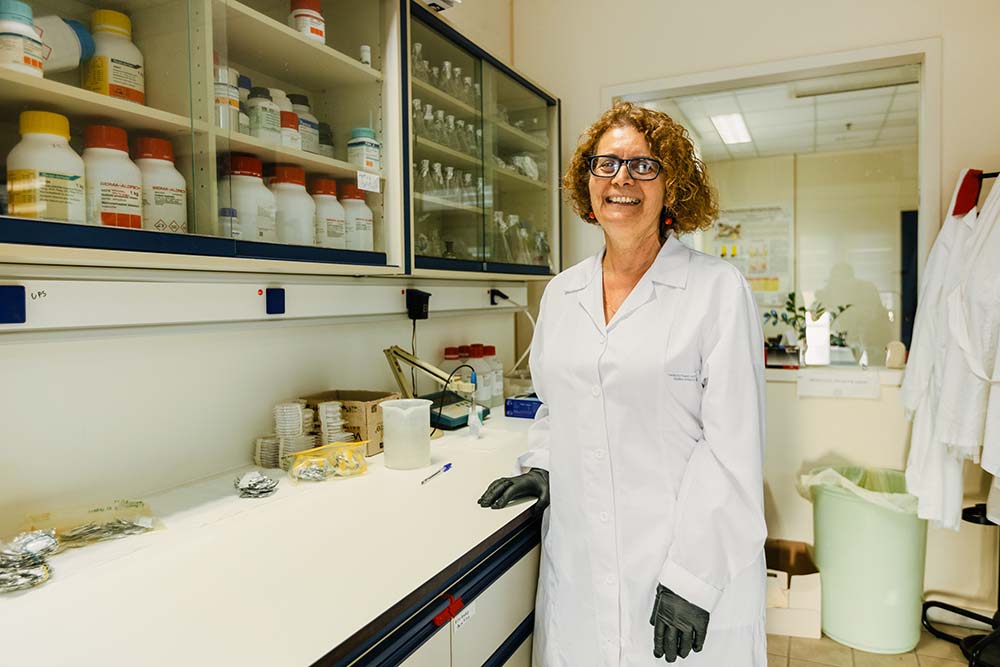
While we’re talking, the sunrise takes spectacular turns, showing a stupendous spectrum of colours. We watch in silence together with Maria, while Pekka, our photographer, is capturing the magical light with his drone hovering high above our heads.
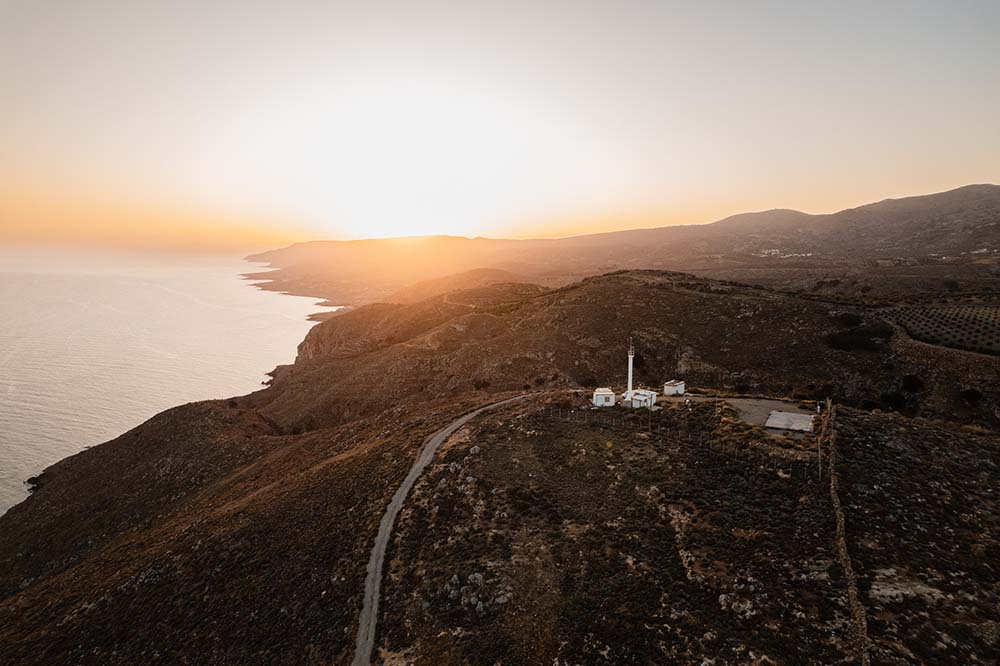
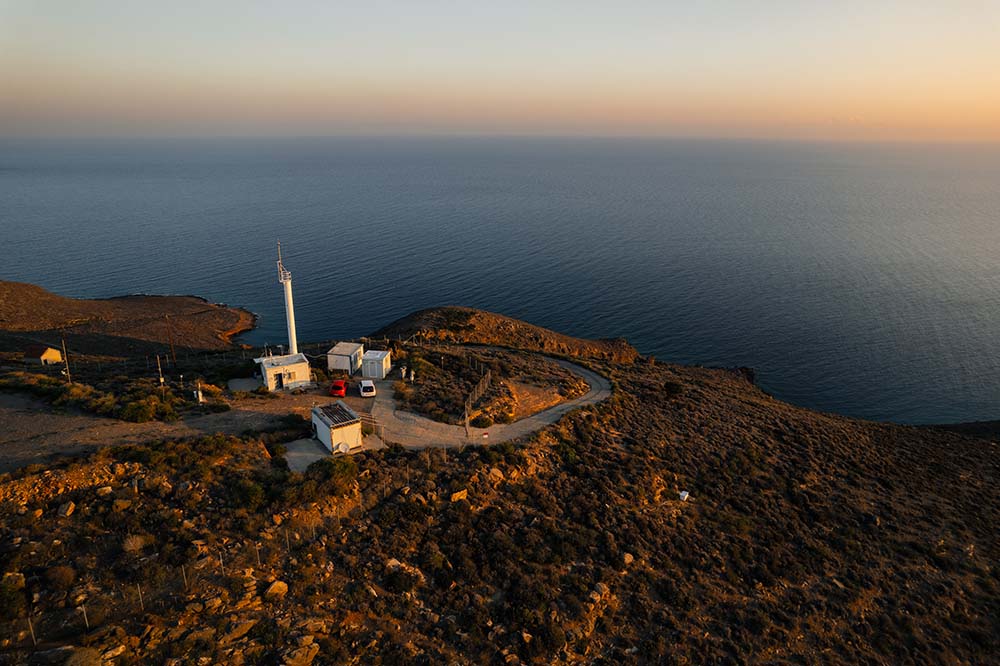
The station location is quite extraordinary, since it allows the researchers to track the transport of pollutants and greenhouse gases across the Mediterranean basin.
"We're exactly at the cross point of different air masses so we're able to observe what comes from Europe, what comes from the east and what comes from south, from Africa. So the advantage of this location is that it faces the sea in a window of 90 degrees to 270 degrees, says Maria and continues with a big smile:
"We're sitting in a location where we can measure what is around, practically, so we don't have to go and do experiments elsewhere. We're here, and the experiments are coming to us,” she says with a laughter.
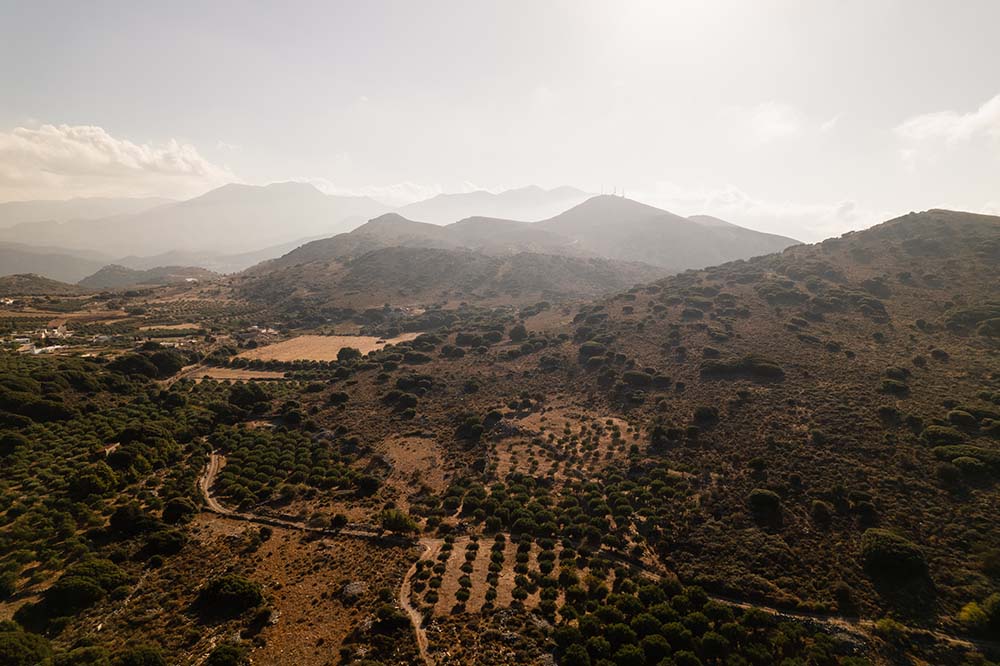
Defying the winds
The Finokalia Observatory is not without its challenges. The station's exposed location makes it vulnerable to the region's notoriously strong winds. "Here in Finokalia, we monitor the highest wind velocities in Greece," says Dr Nikos Kalivitis, a Senior Scientist, at the observatory, after serving us some delicious Greek pastries.
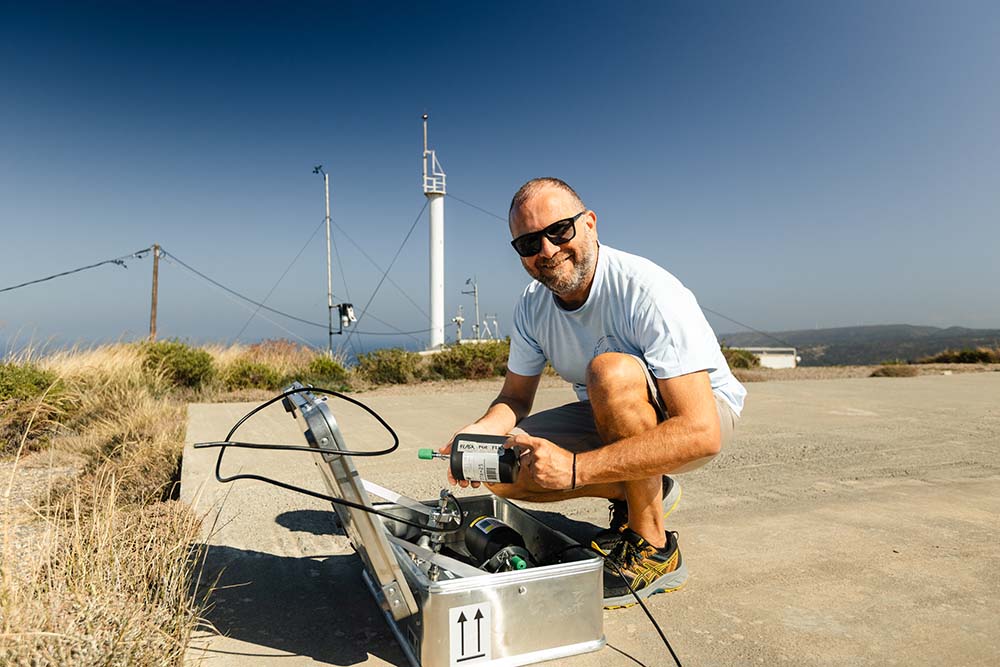
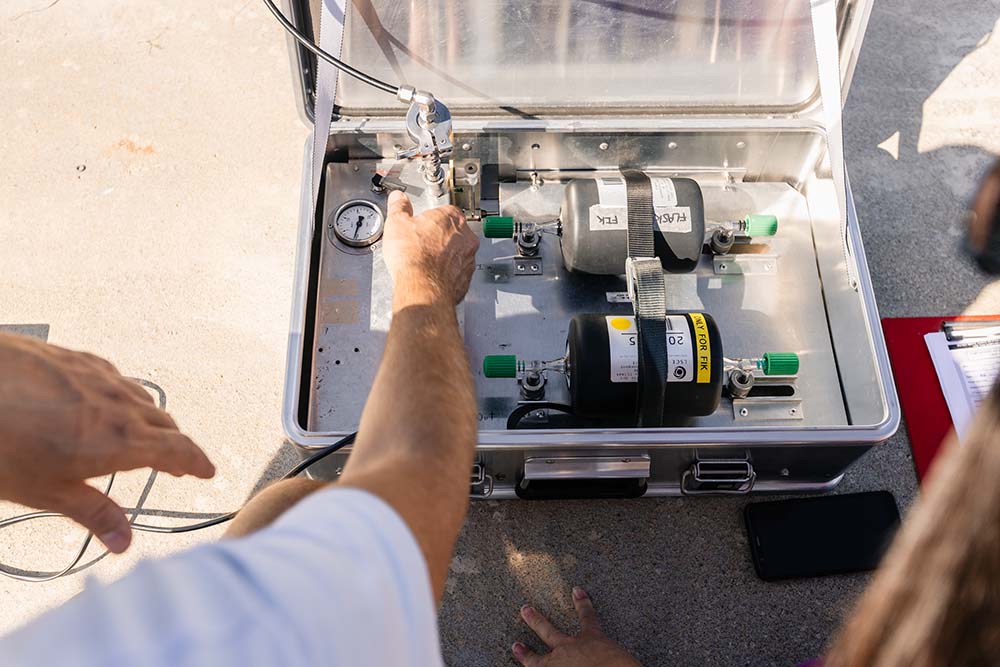
The highest wind velocity recorded at Finokalia is 172km/h, which was during a severe dust event.
“This is very demanding in terms of infrastructure. Everything needs to be very well supported, because otherwise we would have objects flying all over the place," Nikos explains.
Despite these challenges, the scientists at Finokalia are dedicated to their mission. Through their tireless efforts, they are contributing to a better understanding of climate change and its impacts on the Mediterranean region. By monitoring the atmosphere and oceans, they are helping to inform policy decisions and promote sustainable development.
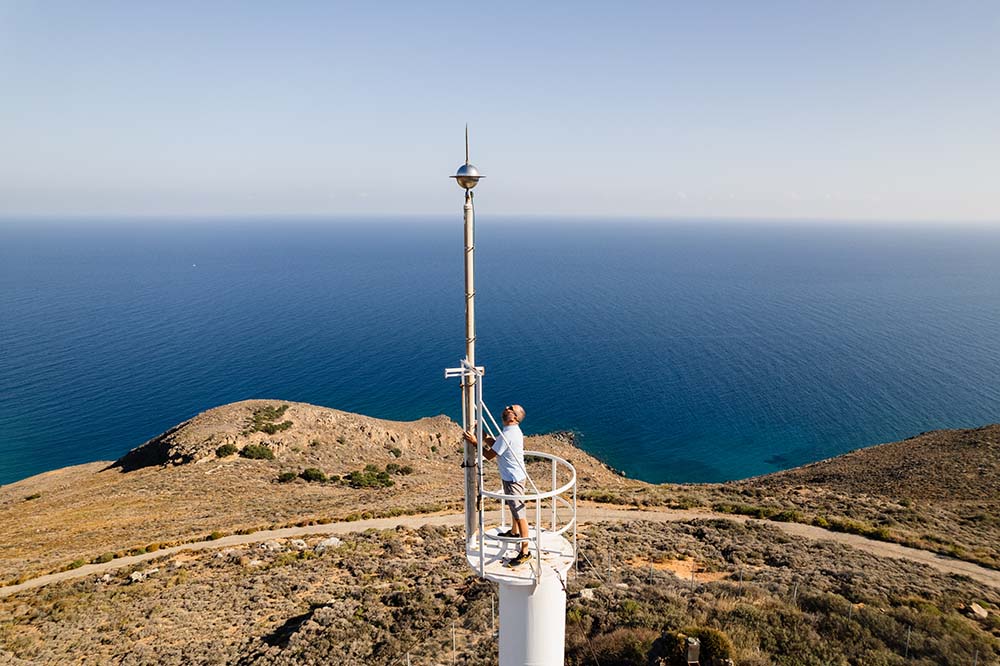
“Having continuous data for decades allows us to be able to identify changes in local and regional conditions. In our data, we can even identify data socio-economic events that have altered the atmospheric composition, like the economic crisis or even the changes in European legislation,” Nikos says and continues:
“It is fundamental for our research to be able to deliver the data that demonstrate the increase in greenhouse gas concentrations in several parts of the world and in this hotspot for climate change in the eastern Mediterranean.”
A warming world
The Mediterranean region is warming faster than the global average, making it a hotspot for climate change. The impacts of this warming are far-reaching, affecting everything from agriculture to tourism.
"I have been working here for the past 20 years and during my research career, I have experienced an increase of 15% in greenhouse gas concentrations in the eastern Mediterranean, which is a huge surge for my limited time here," says Nikos.
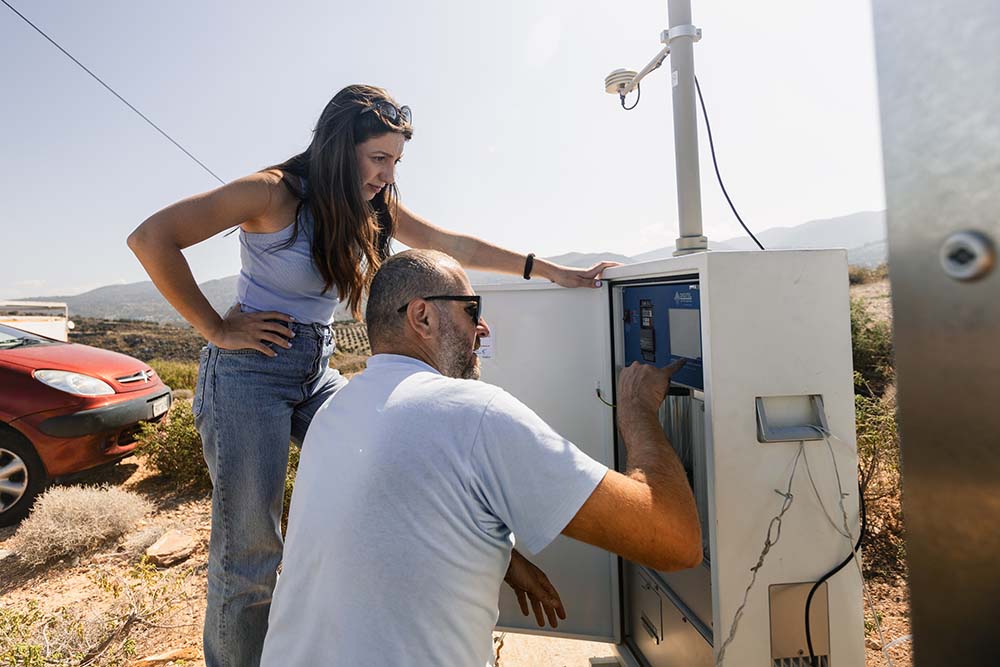
The impacts of climate change are already being felt in the Mediterranean region. “When it comes to climate change, on a global scale, we expect that the tropical zone will extend,” Maria adds. “We are already facing this in Crete, which is in the south of Greece, that we started having dryer and warmer summers. We also have more extreme events in general.”
The region's unique geography and climate make it particularly vulnerable to the impacts of climate change, including more frequent and intense heatwaves, droughts, and wildfires. As temperatures rise, the Mediterranean Sea is also facing increasing threats from marine heatwaves and ocean acidification.
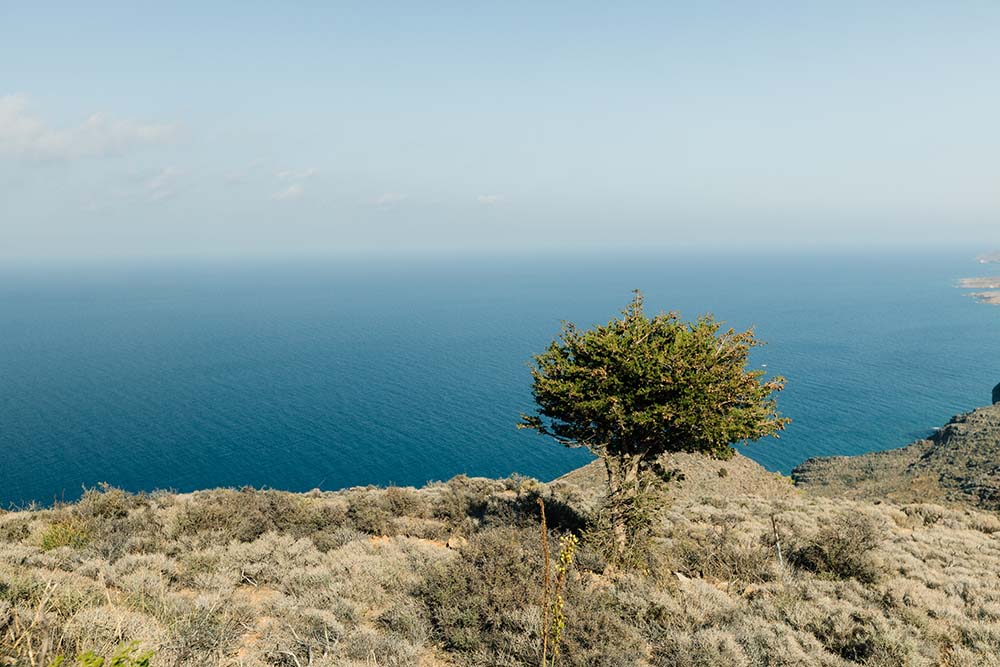
The effects of climate change are not just evident in scientific data but also in the lived experiences of local communities.
“It’s interesting when you’re discussing with the locals to see how they understand climate change and they share their own little experiences,” says Nikos. “I think that they are more representative even than our own data. Our research supports the idea that global change is happening everywhere. Climate change hotspots as the Mediterranean are not just present in our data, but in the everyday experience of the locals.”
Text: Charlotta Henry
Photos: Pekka Pelkonen, ICOS RI